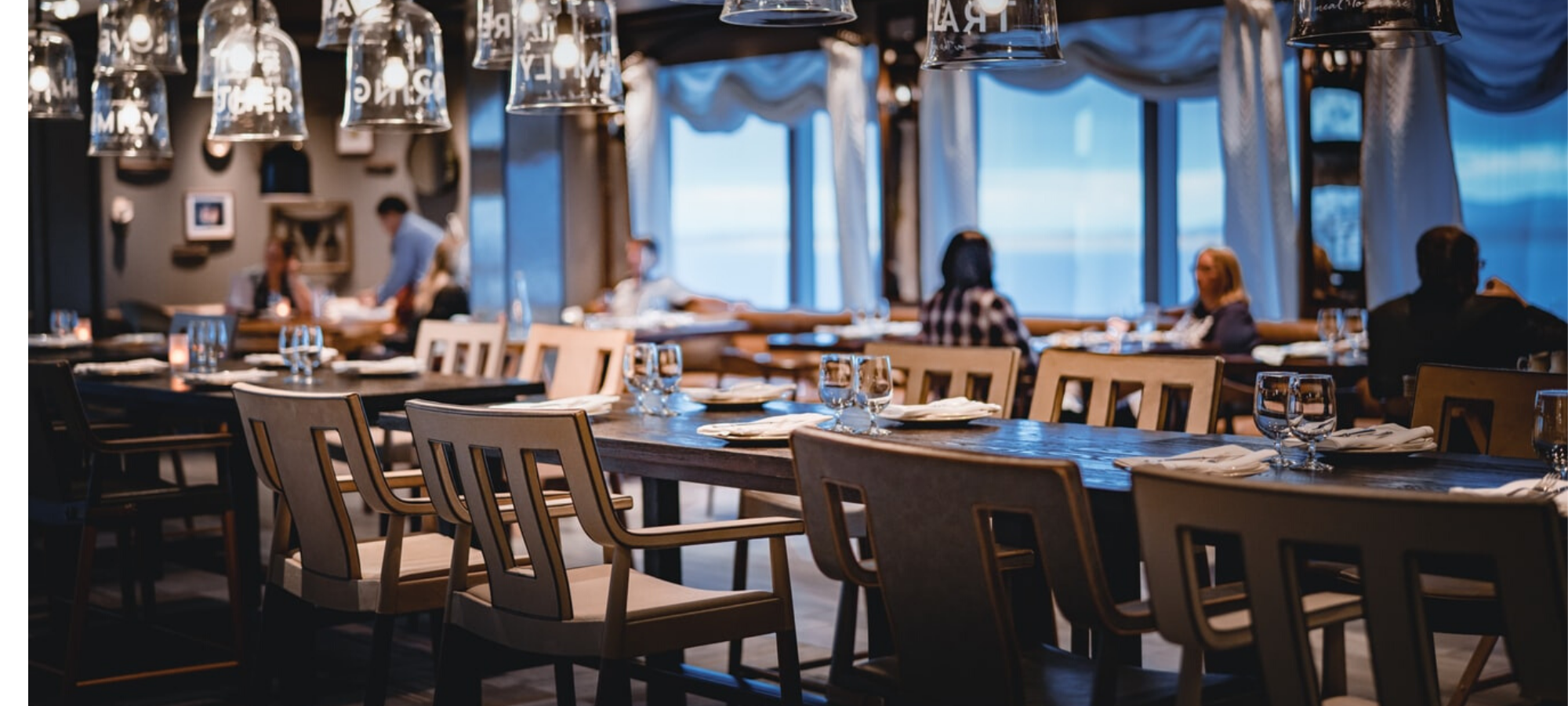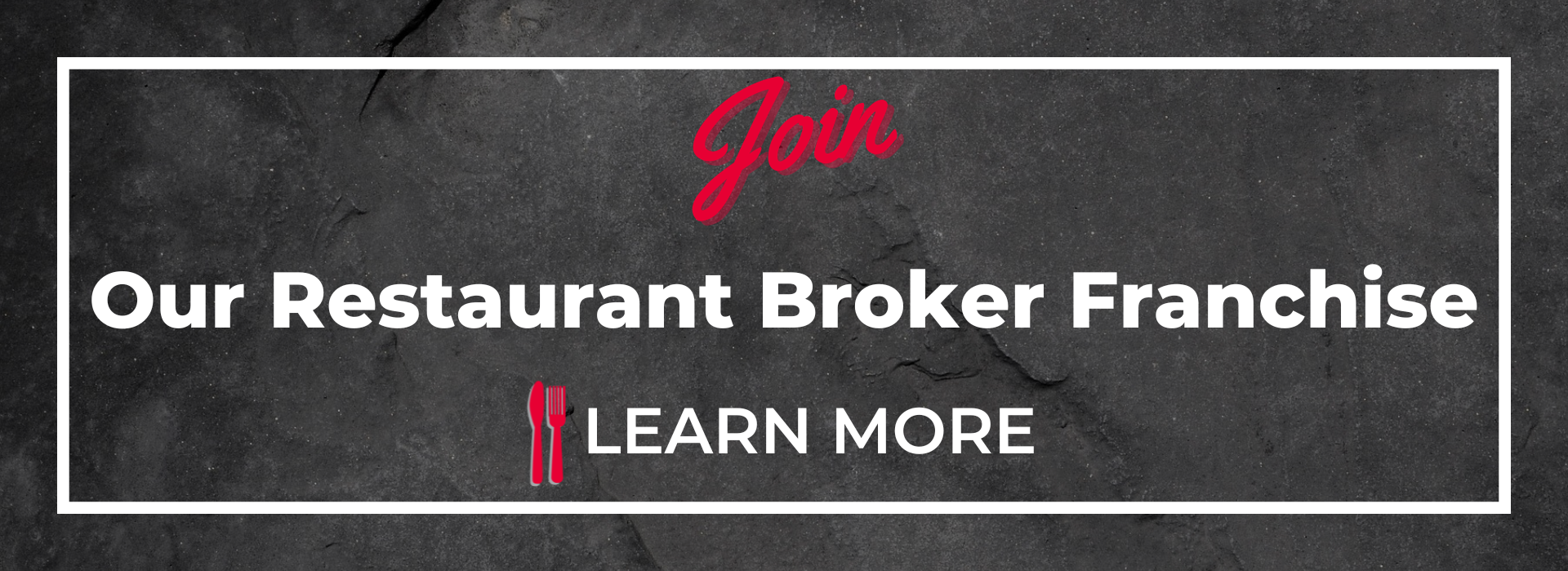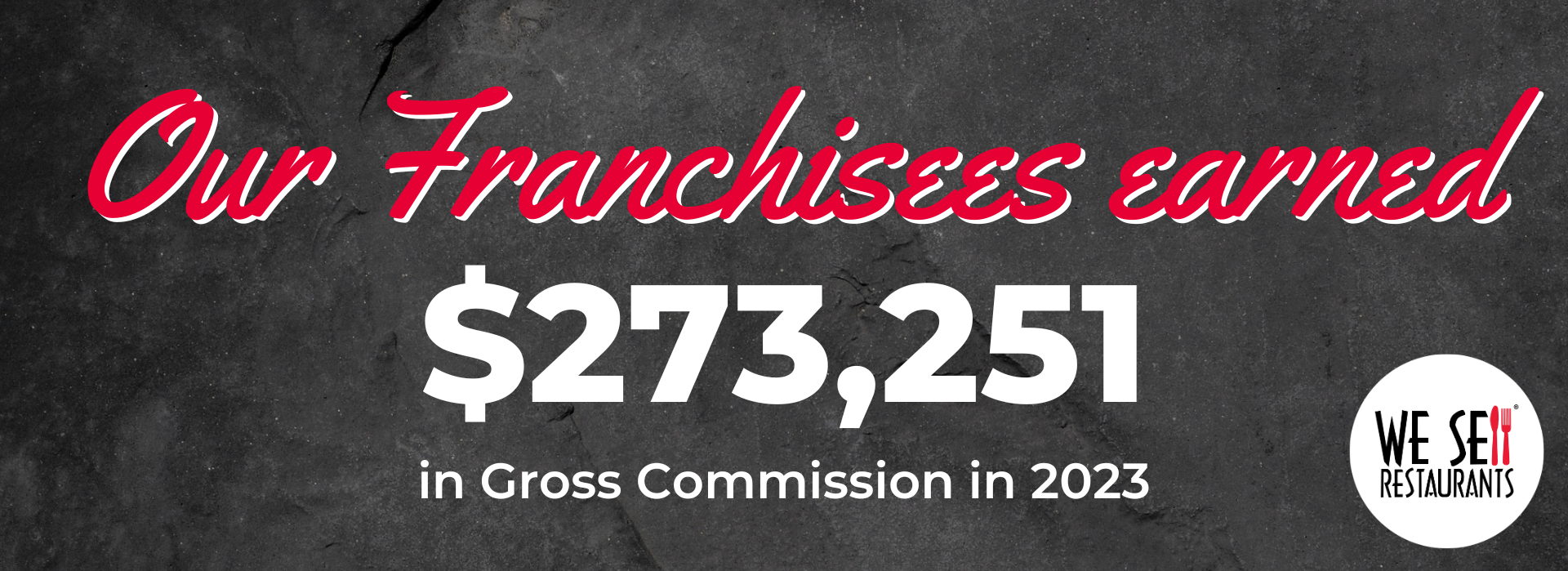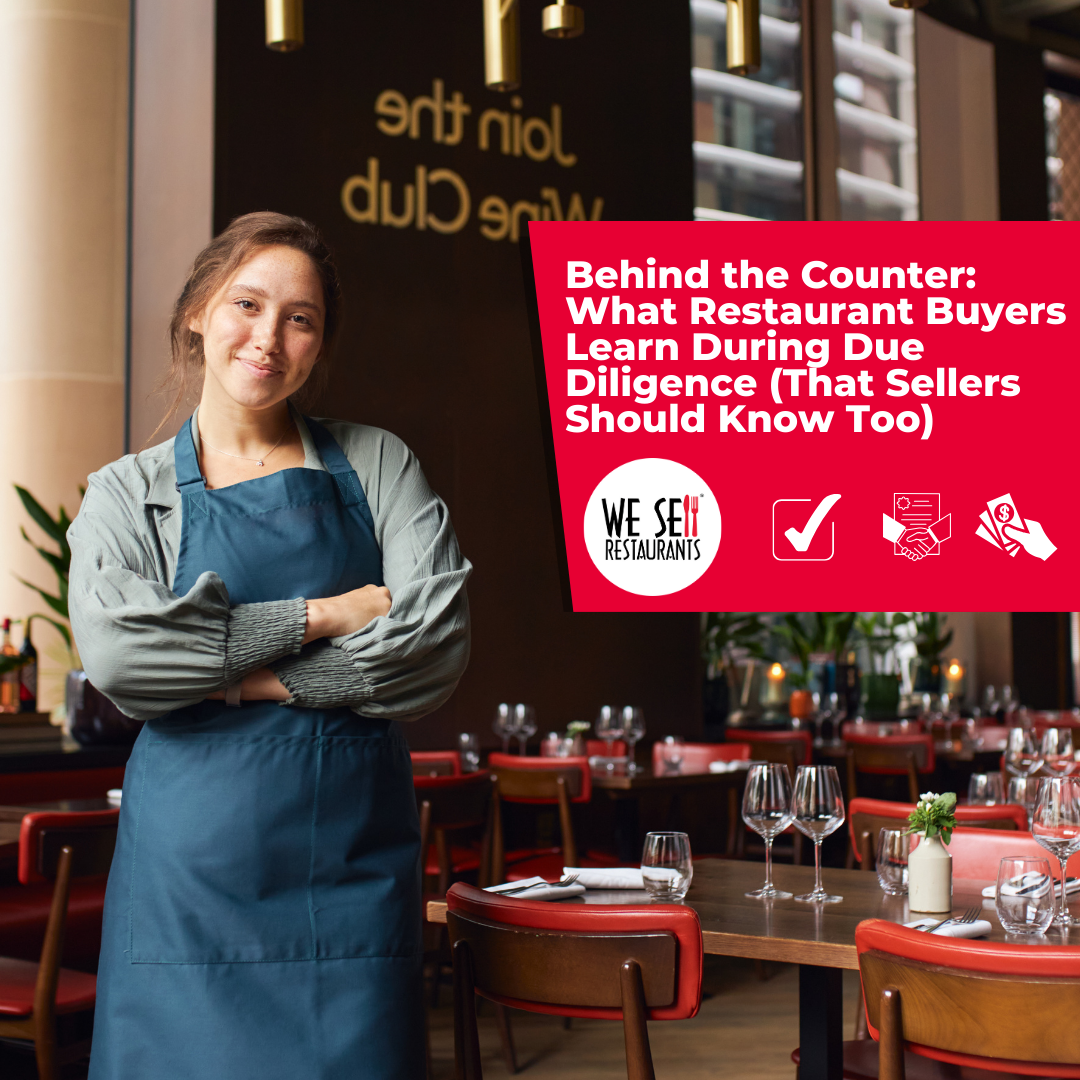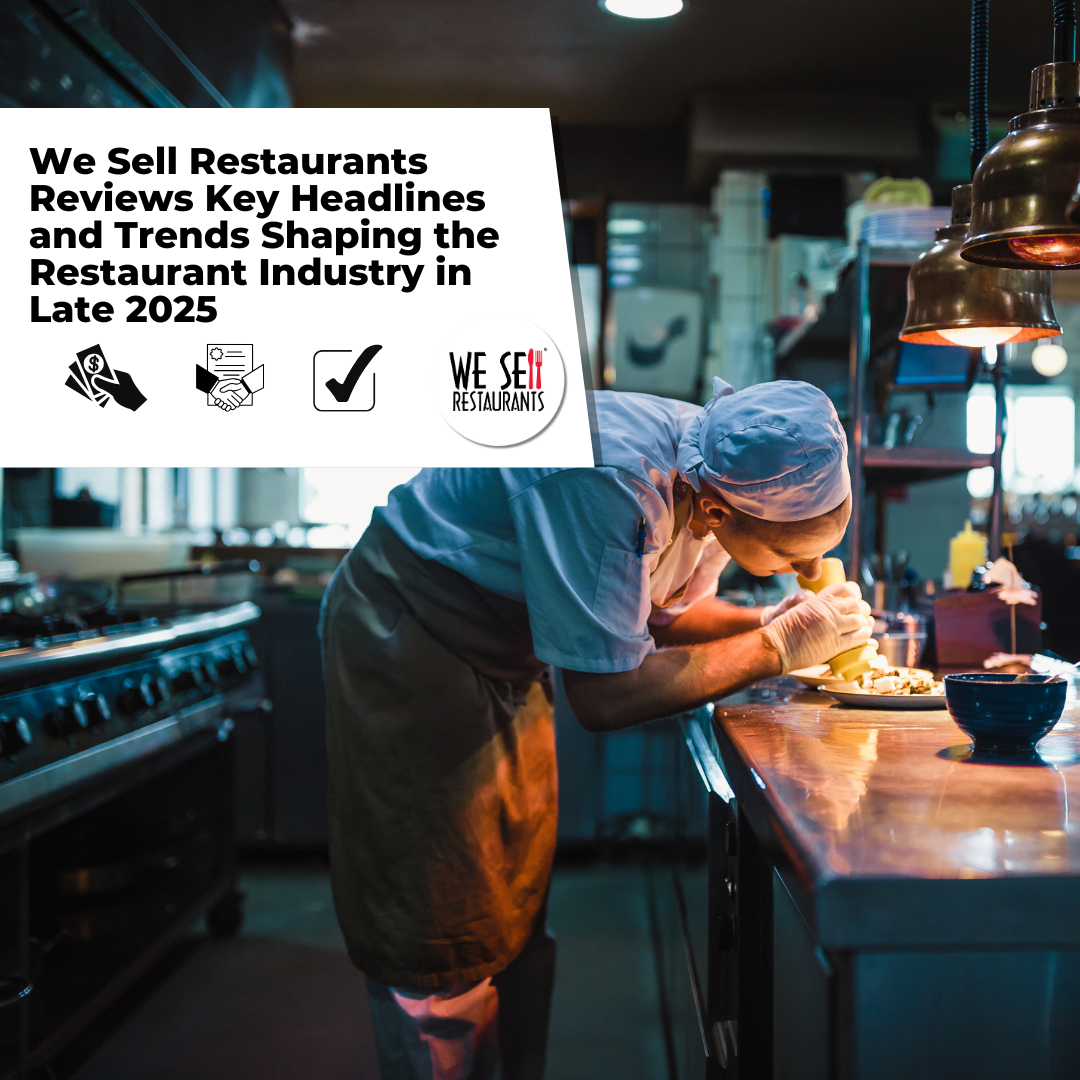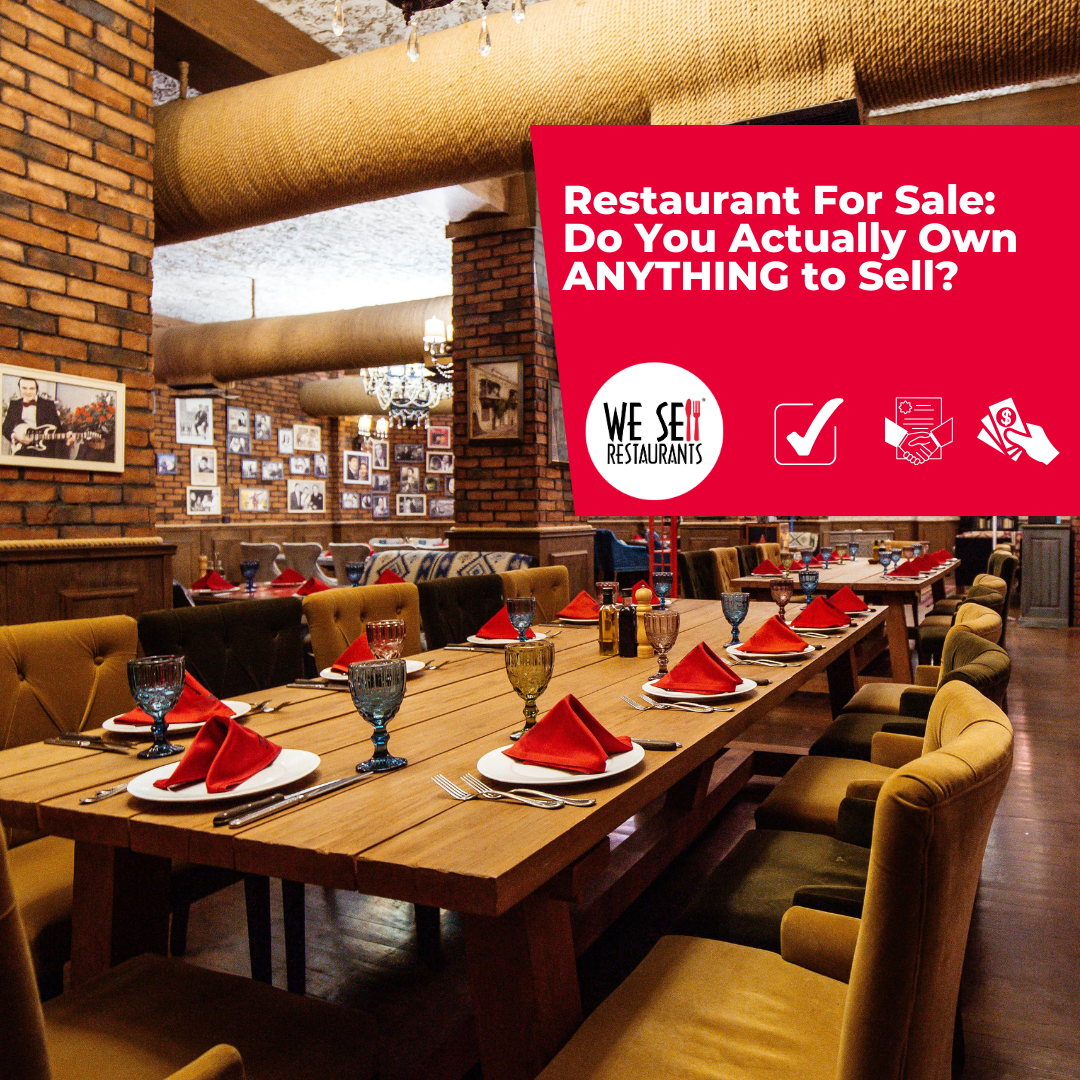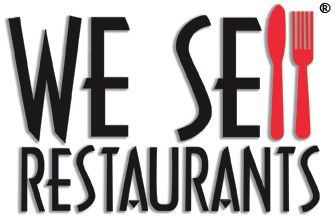Researching restaurants for sale can be a challenge. Understanding that this is a math problem with a right and wrong answer can help. If your broker can’t answer these questions about how much to pay when analyzing restaurants for sale, find another one.
There are three methods of establishing valuation of restaurants for sale used in the industry. An expert restaurant broker should be familiar with all three though the Income Valuation Method is the most favorable and trusted method used in the industry.
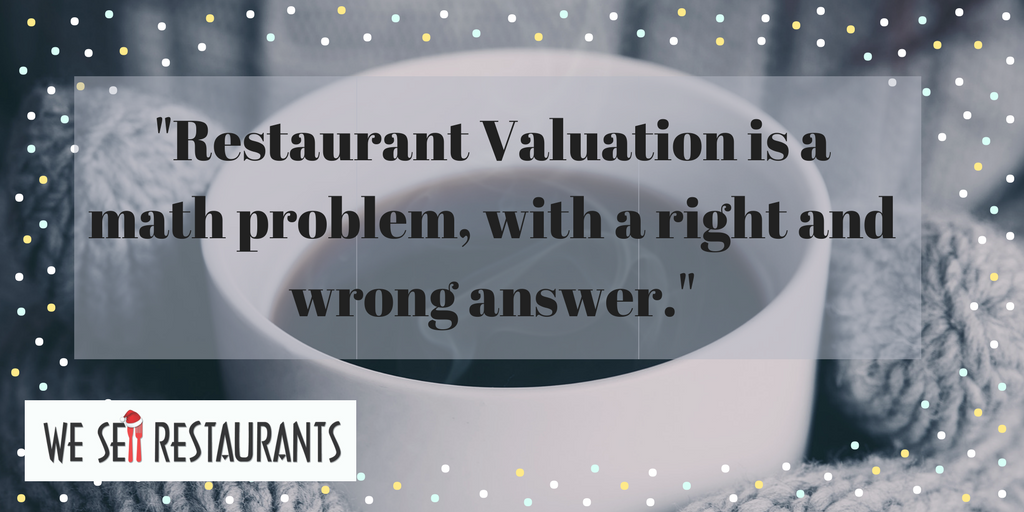
In today’s robust environment for SBA lending, the Income Valuation Method is the one used to secure financing on a business. If a restaurant has solid profits and a two to three year history, it’s easily financeable in most circumstances, with 25% to 30% down. This is the most acceptable method of valuation for banks, lenders and individuals in assessing how much to pay for a restaurant. In a situation where a restaurant buyer is paying cash, this helps to reduce fear of the transaction as the business has a proven track record.
Restaurants for sale with strong books and records, assessed under the Income Valuation Method has the highest number of potential buyers and hence commands the highest possible price. An expert restaurant broker can go through the Profit and Loss statement along with tax returns to find the Seller’s Discretionary Earnings (SDE) or owner benefit that is customarily accepted by lenders to value the business. This includes net income PLUS reasonable and customary add-backs.
What is not allowable for “add-back” purposes are efficiencies a new owner could potentially achieve that the current operator hasn’t. It should factor in your decision to buy but should not be calculated in the pricing of any restaurants for sale you are considering. The entire purpose of the add backs is to calculate owner benefit and ultimately pricing of the business. If you can identify strategies to be more successful in the future than the current owner, that benefit belongs to you as a buyer, not to the seller in the pricing of the business.
Once the Seller’s Discretionary Earnings is appropriately determined, then it becomes the basis for a “multiple” for appropriately pricing restaurants for sale. Every buyer wants the answer to the question, “What’s the multiple for restaurant pricing?” and the response rarely satisfies anyone. In general, restaurants for sale can be offered and sold somewhere between two and a half and three times earnings. Franchise restaurants trend at the higher end of the multiple, at nearly three times earning for lending at most times. Exceptions come into play when the business has down trending sales year over year. For purposes of this article, we are limiting our discussion to single restaurant units. Multi-unit restaurants for sale, (anything above three, especially franchise) changes the multiple significantly and requires a whole different analysis and pricing model.
“How much should you pay for the restaurants for sale you are evaluating? The answer can be affected by any of the following variables including: strength of books and records, saturation of concepts in the marketplace, seasonality, location, comparable Sales Information or “comps,” franchise or independent offering, geography and competition.
Strong restaurant brokers that know the market and should be able to share exactly where a restaurant is priced based on the multiple and why. Ask some questions of your broker to be certain they fully understand restaurant pricing. If you’re not satisfied with the response, contact a Certified Restaurant Broker who has passed testing and has experience in pricing to assist you in buying a restaurant.
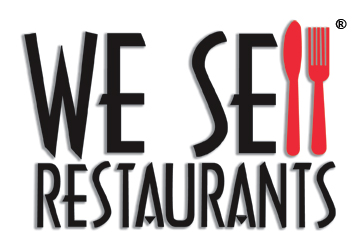
 404-800-6700
404-800-6700.png)
